By now, everyone is well aware of sharp increases in medical costs, but this alarming situation is most apparent in the form of high prescription drug prices. According to Truveris, a firm that analyzes prescription drug prices, in 2014, Americans paid nearly 11 percent more than the previous year. It’s no surprise that name-brand medications increased the most by almost 15 percent. Unfortunately, they’re not the sole reason for the price jump.
In 2014, people paid five percent more for their generic prescriptions, which is believed to be caused by a lack of competition within the generic drug industry. The FDA recently imposed new quality control initiatives, which according to Truveris CEO Bryan Birch, cut into many generics manufacturers’ already small profit margins. Finding it difficult to withstand their own rising costs due to the FDA’s new initiatives, some have gone out of business while most others have merged. This created such a significant decrease in market competition that the companies were able to demand higher prices for their drugs.
Mr. Birch stated, “I believe it’s an unintended side effect of a long-overdue change to the regulations regarding generic prescriptions. Generics manufacturers took advantage of this opportunity conglomerate, leaving only a handful of makers for each generic drug and allowing them to charge more.”
As often happens, some drugs were more susceptible to increased costs than others. Truveris discovered that out of both generic and name-brand drugs, the ones prescribed for muscle stiffness and pain increased most by almost 30 percent last year. The next biggest increases were seen in:
- Prescription anti-inflammatories: 27 percent
- COPD drugs: 23 percent
- Heart disease medications: 19 percent
However, when Truveris studied only generics price changes, some were even more staggering:
- Generic anti-inflammatories and muscle relaxers: almost 32 percent
- Heart disease medications: 24 percent
- Acne drugs: 18 percent
- Antibiotics: 12 percent
- Nicardipine HCL (high blood pressure): was a 30-day supply for $7.50, now costs $33
- Acetaminophen-Butalbital (pain medication): was a 30-day supply for $4.50, now costs $15
This data fits with last October’s U.S. Congressional study regarding inflation of generic drug costs. The study discovered that the cost of ten common medications had risen by 300 percent, while one other jumped by an astonishing 8,281 percent in just six months. Two common drugs that were affected by the change include:
- Isuprel (heart attack prevention): was 25 tablets for $916, now costs $4,489
- Doxycycline Hyclate (antibiotic): was 100 tablets for $20, now costs $1,849
Generic drugs account for 80 percent of all prescriptions in the country, so many Americans are noticing the change. Those without insurance have to pay full price, but even the insured may be stuck with higher co-pays for drugs affected by the increase.
Bryan Birch says, “a generic only used to be a ten dollar co-pay. Insurance plans are changing, though, and co-pays are starting to become a problem for people.”
As Congress stated in a letter to the Department of Health and Human Services, there’s a concern that patients simply won’t fill their prescriptions due to costs. There’s good cause. An American Journal of Medicine, clinical research study from 2011 showed that 24 percent of prescriptions went unfilled, mostly among low-income individuals.
Although Americans are feeling the pinch, there are still some ways to save on prescription costs:
1.) Stick With Generics
Even though prices are rising, generic drugs are still the cheapest options available. In many cases, they may be as much as 80 percent cheaper than big-name brands. Most physicians prescribe generics by default whenever applicable, but not all do, so be sure to ask. If there’s no generic version of the drug available, ask your doctor for some other options.
2.) Compare Drug Prices
Use eDrugSearch.com to easily compare prices on thousands of medications made available from licensed online pharmacies which can usually save you anywhere from 50-90% off U.S. retail drug prices. Just type in your drug name and hit the search button to freely compare prices on all name brand and generic medications; excluding controlled substances.
3.) Don’t Make Assumptions
Insurance doesn’t necessarily mean cheaper drugs. Depending on the price of your co-pay for a particular drug, you could be spending more than an uninsured person paying cash. It’s best to call around to various local pharmacies to ask what you’d pay for the drug out-of-pocket versus through insurance.
4.) Buy In Bulk Discounts
If you need medication for a long-term health issue, buy more at once and save. Many pharmacies give discounts if you purchase a 60 or 90-day supply. Buying your medications online is an especially good way to do this. However, if you choose this method, be sure to use eDrugSearch.com to ensure you get safe access to affordable medications from a safe and licensed online pharmacy.
5.) Ask About Rx Coupons
You won’t get them in the Sunday paper, but your doctor can often provide you with coupons for a medication you need. If not, try an organization like AARP, which provides prescription discounts to senior citizens. You may also wish to try the government’s Extra Help program, which provides low-income elderly patients pay for the medications they require.
And last but certainly not least — you can try eDrugSearch.com’s very own “Free Rx Coupon” program. Simply search for your medication, click on the “Coupons” tab and then click “Get Coupon” button (see screenshot below) to locate a coupon to save even more off our already low prescription drug prices.


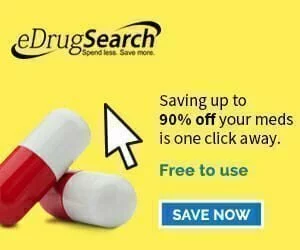
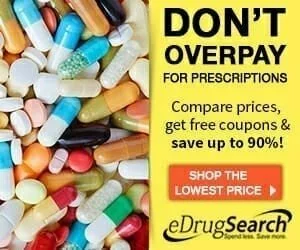
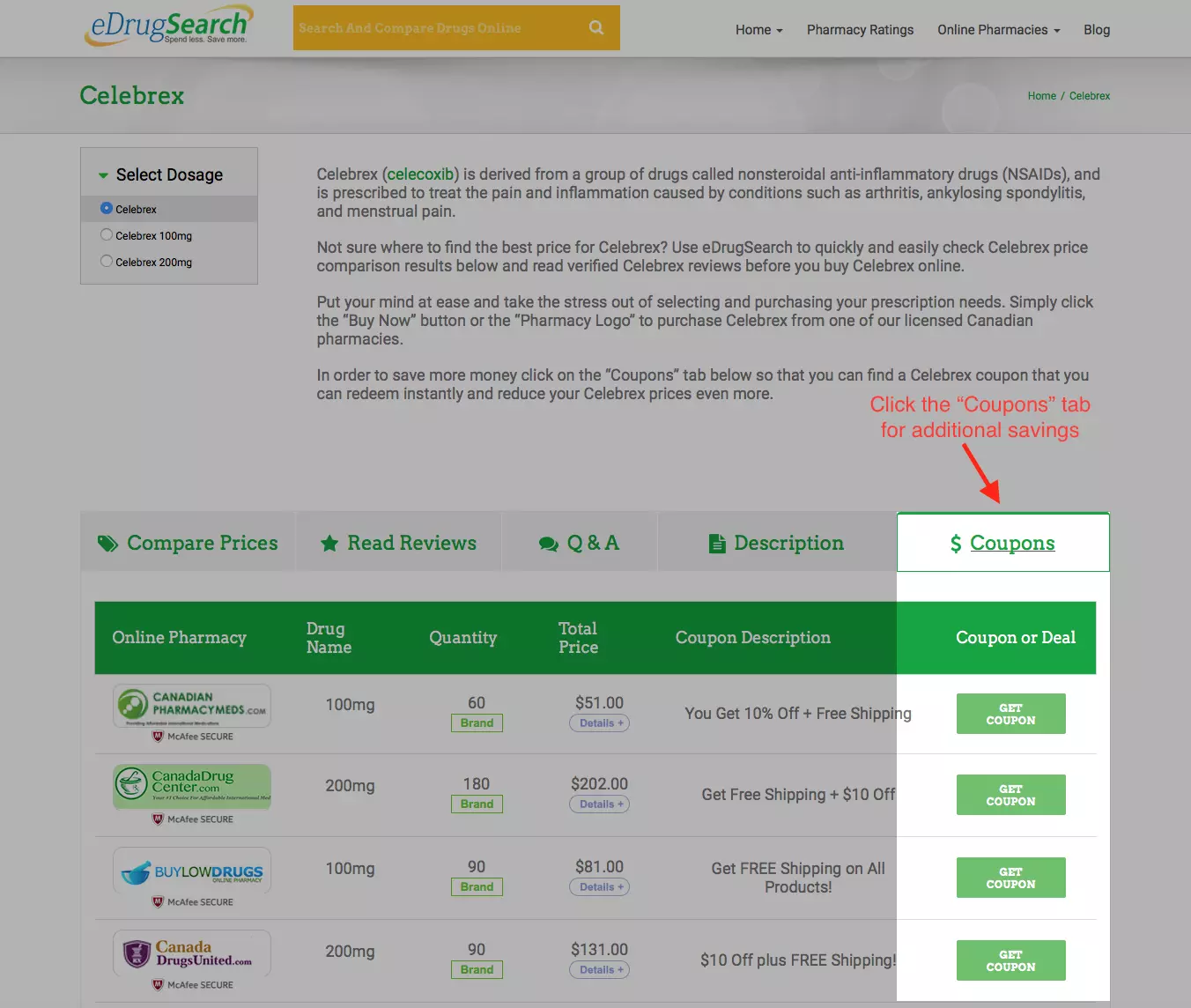
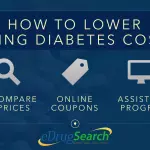

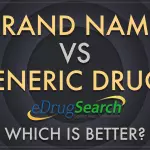
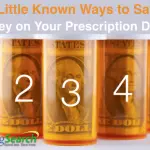

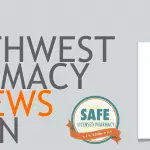
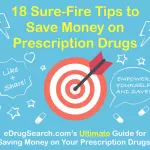
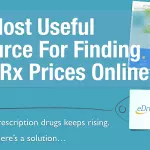




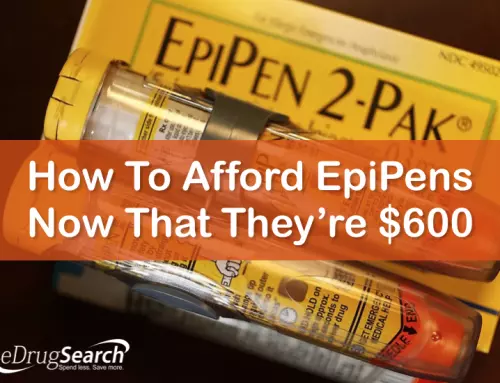
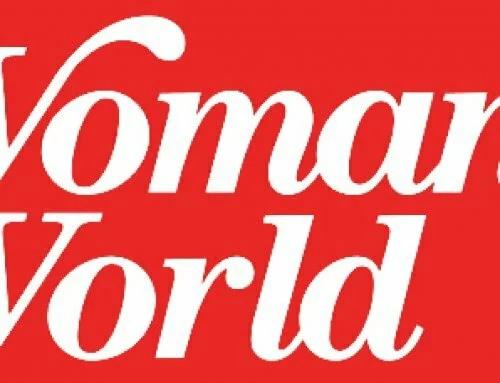
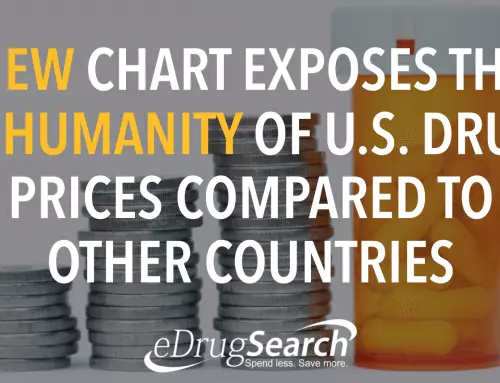
![[Video] Pharma “Bad Boy” Martin Shkreli Refused to Testify to Congress](/wp-content/uploads/2016/02/Pharma-22Bad-Boy22-Martin-Martin-Shkreli-500x383.png)
![12 Ways to Save Money on Your Diabetes Medications [Cheat Sheet]](/wp-content/uploads/2015/12/12-Ways-to-Save-Money-on-Your-Diabetes-Medications-500x383.png)
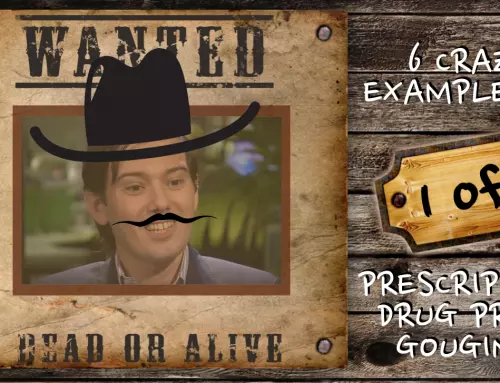
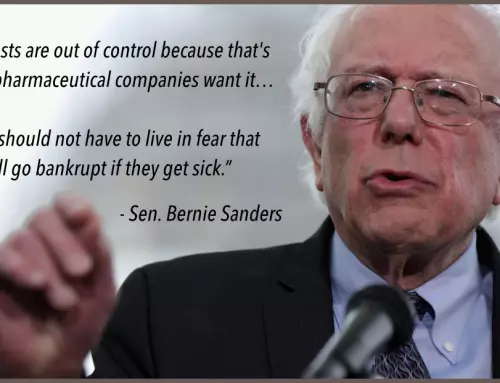

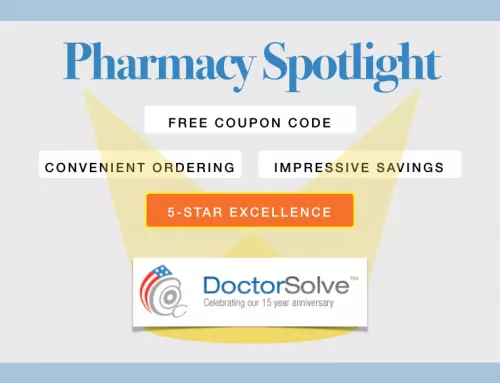

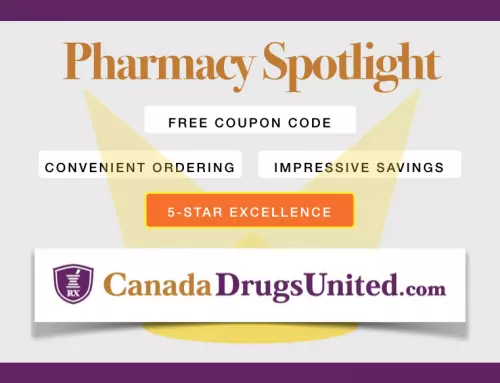


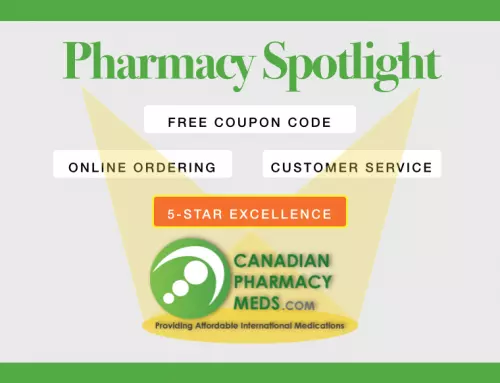
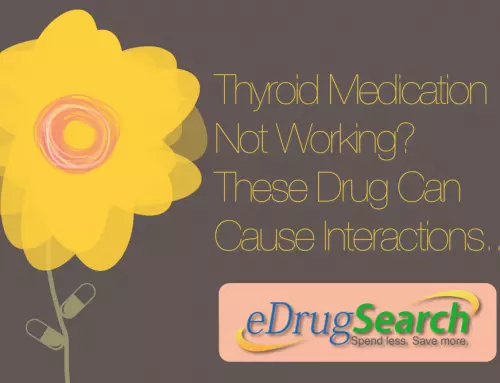
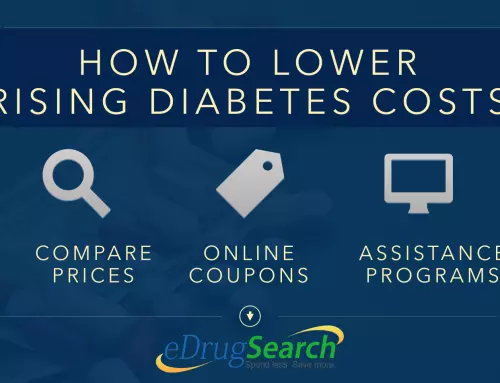

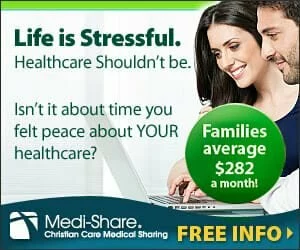






Leave a Reply
Be the First to Comment!